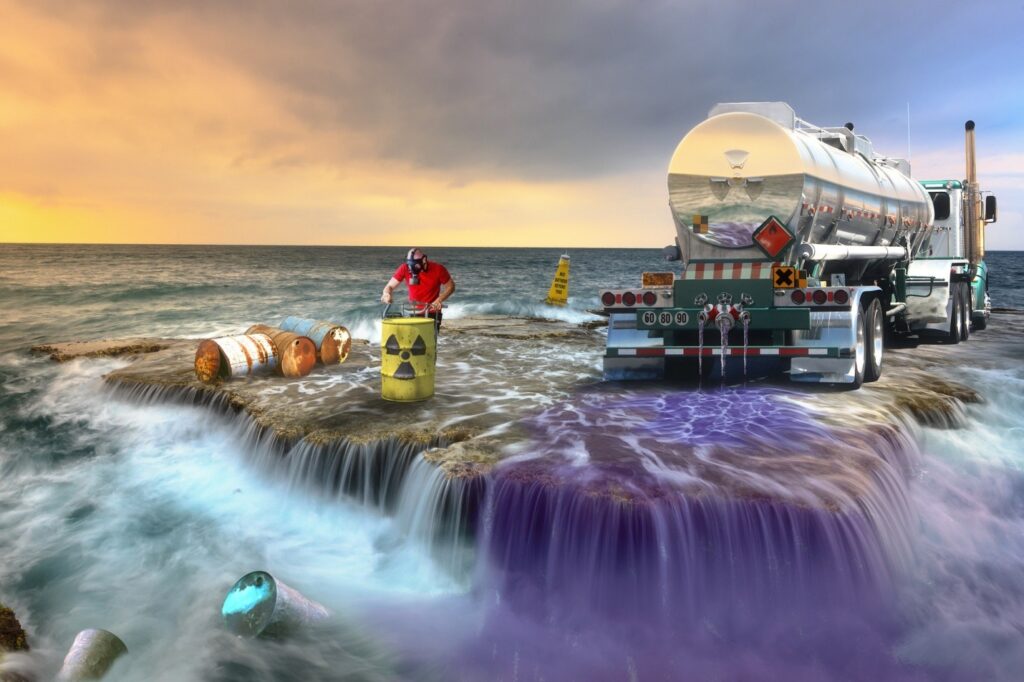Not known Facts About Reclaim Waste
Not known Facts About Reclaim Waste
Blog Article
Examine This Report on Reclaim Waste
Table of ContentsSome Known Details About Reclaim Waste The Greatest Guide To Reclaim WasteReclaim Waste Fundamentals ExplainedReclaim Waste for Beginners3 Simple Techniques For Reclaim Waste
Explore the kinds, incidents, and types of fluid waste. Domestic sewer waste refers to the waste and products from a residential septic system. This kind of waste is produced by humans in houses, colleges, and other structures. This only includes septic tanks that have a drain area. The appropriate management and disposal of residential sewer waste need liquid waste to be moved to a sewage therapy plant where the appropriate techniques and devices are put on cleanse and throw away waste.
Commercial waste often includes possible hazards, such as flammable materials or a combination of liquid and solid waste items, and requires an advanced and thorough disposal procedure. The disposal of business waste usually entails the filtering of waste prior to transportation to make sure safe and correct disposal. Hazardous waste is created from by-products and drainage of industrial processes and production.
This sort of waste can not make use of the very same sewer management transportation or procedures as septic or industrial fluids. The industrial waste administration process requires the evaluation and screening of liquid waste before it undertakes the disposal process (liquid waste removal melbourne). Drainage waste is the liquid waste that comes from runoff and excess stormwater in very populated areas or cities
Runoff waste can create contamination and flooding if not dealt with correctly. Guaranteeing appropriate waste management can avoid disasters and reduce ecological damage.
Some Known Facts About Reclaim Waste.
Contact PROS Services today to learn regarding our waste administration and disposal services and the proper methods to look after the liquid waste you create.
(https://reclaim-waste.jimdosite.com/)Do you know what occurs to your water when you pull the plug, flush the bathroom or drain the cleaning device? No? Well, it deserves understanding. This supposed 'wastewater' is not just a crucial source yet, after therapy, will certainly be launched to our land, rivers or the sea. Utilized water from bathrooms, showers, baths, kitchen area sinks, washings and industrial processes is known as wastewater.

water used to cool down machinery or tidy plant and tools). Stormwater, a kind of wastewater, is overflow that flows from farming and metropolitan areas such as roofs, parks, gardens, roadways, paths and rain gutters into stormwater drains, after rain. Stormwater streams without treatment straight to local creeks or rivers, eventually reaching the sea.
The Ultimate Guide To Reclaim Waste
In Queensland, the majority of wastewater is treated at check over here sewer treatment plants. Wastewater is carried from residential or industrial sites via a system of drains and pump terminals, understood as sewerage reticulation, to a sewage treatment plant.
The Division of Natural Resources encourages neighborhood federal governments concerning handling, operating and keeping sewage systems and treatment plants. In unsewered areas, neighborhood federal governments might need homeowners to mount private or household sewer therapy systems to deal with domestic wastewater from toilets, cooking areas, restrooms and laundries. The Department of Natural Resources authorizes making use of family systems when they are shown to be efficient.
In some brand-new class, treatment of some stormwater to remove clutter, sand and crushed rock has actually started making use of gross pollutant catches. Wastewater therapy happens in 4 stages: Gets rid of solid issue.
Makes use of small living microorganisms recognizes as micro-organisms to break down and remove remaining liquified wastes and fine particles. Micro-organisms and wastes are incorporated in the sludge.
The Best Guide To Reclaim Waste
Nutrient removal is not offered at all sewage treatment plants since it calls for pricey specialist devices. Clear liquid effluent created after treatment might still contain disease-causing micro-organisms - liquid waste removal.

This normally indicates wastewater needs to be treated or pollutants eliminated before it can be released to waterways. Many wastewater flows right into the sewage system. Under the Act, neighborhood federal governments provide approvals and permits for eco appropriate activities (ERAs) including wastewater launches that could have a local effect. The department administers approvals and licences to Periods including wastewater releases that could have a local or statewide impact.
How Reclaim Waste can Save You Time, Stress, and Money.
Monitoring offers accurate info concerning water high quality and can confirm that licence conditions are being fulfilled. The info obtained through tracking offers the basis for making water high quality decisions.
Report this page